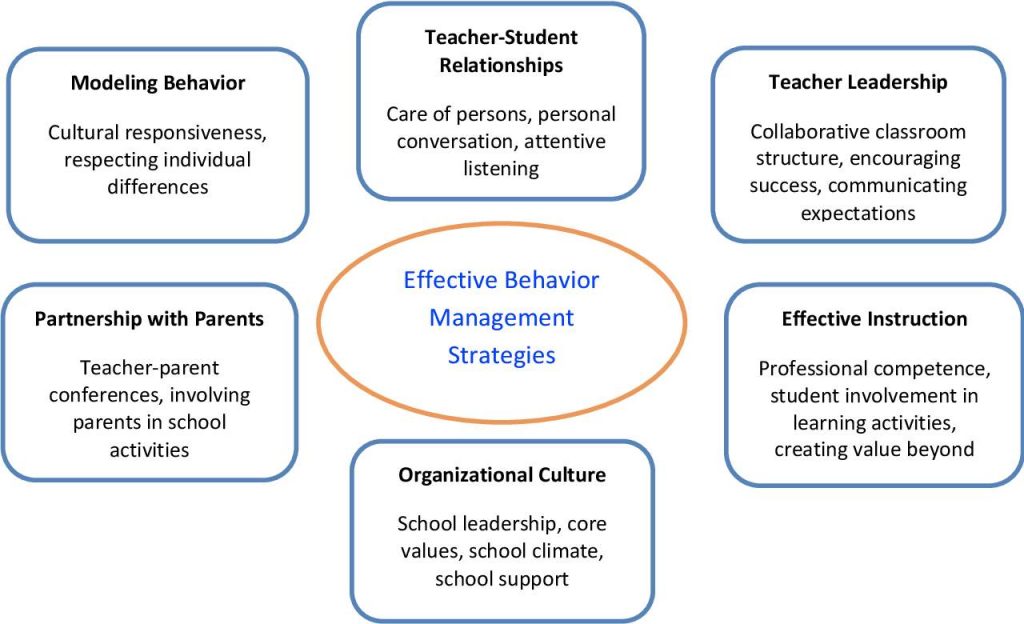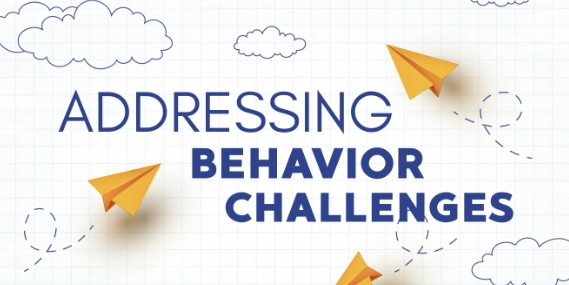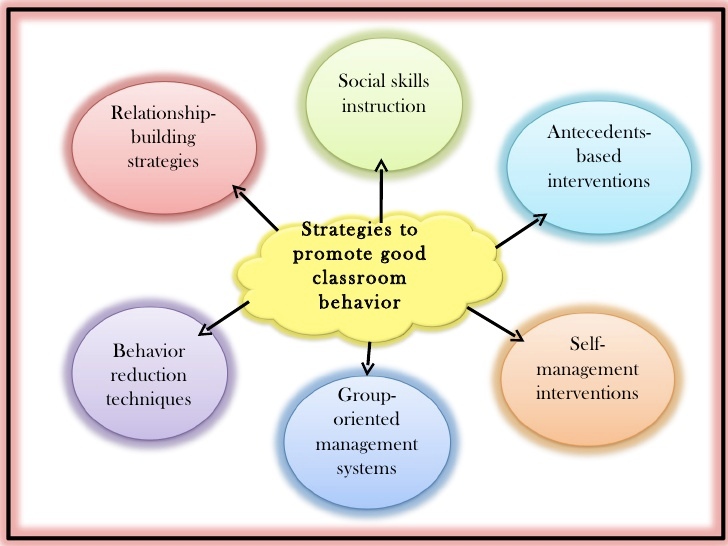- 1. Clear Rules and Expectations
- 2. Consistent Consequences
- 3. Positive Reinforcement
- 4. Structured Environment
- 5. Engaging Lessons
- 6. Building Relationships
- 7. Conflict Resolution Skills
- 8. Collaborative Setting
- 7. Reflective Practice
- 8. Parental Involvement
- 9. Behavioral Contracts
- 10. Mindfulness and Emotional Regulation
Have you ever wondered how to keep your classroom calm and focused? Effective behavior management techniques are key to fostering a positive learning environment where all students can thrive. In this blog, we’ll explore the root causes of challenging behavior, and share 15 powerful strategies to help teachers manage their classrooms better.
Math & ELA | PreK To Grade 5
Kids see fun.
You see real learning outcomes.
Watch your kids fall in love with math & reading through our scientifically designed curriculum.
Parents, try for free Teachers, use for free
5 Causes of Challenging Behavior in the Classroom
- Lack of Engagement: Students may lose interest and start disruptive behaviors when lessons are not engaging. Keeping lessons interactive and interesting can help maintain their attention and reduce disruptions.
- Seeking Attention: Some students act out to get attention from teachers or classmates. Recognizing and addressing these behaviors promptly can help manage them without reinforcing them.
- Underlying Emotional Issues: Emotional stress or problems at home can affect a student’s behavior in school. Understanding and supporting these students can help them feel more secure and less likely to behave disruptively.
- Inconsistent Discipline: If rules and consequences are inconsistent, students may become confused about what is expected of them, leading to misbehavior. Clear and consistent guidelines can help prevent this confusion.
- Special Educational Needs: Students with special educational needs might exhibit challenging behaviors if unmet. Tailoring support to these students can help them engage more effectively in classroom activities.
15 Best Classroom Behavior Management Techniques for Teachers

1. Clear Rules and Expectations
Getting everyone on the same page starts with clear classroom rules. Think of it as setting the stage for your classroom’s daily drama. Involve your students in creating these rules—this way, they’re more likely to stick to them! Once set, keep these rules in plain sight and give them a friendly reminder now and then. It’s like having a roadmap for behavior that everyone can follow.
2. Consistent Consequences
Keeping things fair means being consistent. Let your students know what will happen if rules are broken right from day one. Stick to your guns! If you say that no talking during a test means losing recess time, then keep to that every time. This doesn’t just keep the peace; it builds trust. Your students will know you mean what you say, helping them feel secure and understood in your classroom.
3. Positive Reinforcement
Catch them being good! Focusing on correcting bad behavior is easy, but shining a light on the good stuff is equally important. When you see a student following the rules, being kind, or working hard, let them know it hasn’t gone unnoticed. A simple compliment, a smile, or even a small reward can make a big impact. This approach not only makes the student feel proud but also encourages their classmates to strive for that positive acknowledgment too.
Related Reading: How to Use Positive Reinforcement
4. Structured Environment
A well-organized classroom naturally encourages better behavior. Think about creating predictable spaces with clear boundaries. Arrange your desks so you can easily see everyone and everyone can see you. Make sure your materials are accessible and everything has its place. A tidy classroom reduces misbehaviour and shows you care about the space and your students.
Related Reading: Best Ways to Create a Positive Learning Environment for Kids
5. Engaging Lessons
Keep them interested, and they’ll be less likely to act out. Try mixing up your teaching styles—use videos, group work, hands-on activities, and technology to cater to various learning preferences. When students are engaged, they’re focused; when they’re focused, there’s less room for disruption. Remember, a bored student is often the one who misbehaves.
6. Building Relationships
Show your students that you care about them not just as learners but as individuals. Spend a little time getting to know their interests, struggles, and stories. A quick chat about their weekend or a shared joke can go a long way. When students feel connected and respected, they’re more likely to respect you and the classroom rules.
Related Reading: How to Build a Positive Teacher-Student Relationship
7. Conflict Resolution Skills
It’s important to teach kids how to get along. In your classroom, use behavior management techniques to show students how to resolve disagreements in a peaceful and respectful way. Model the skills yourself by demonstrating how to listen carefully, speak calmly, and find a fair solution when a conflict arises. This not only helps smooth out the day-to-day interactions but also equips your students with valuable life skills.
8. Collaborative Setting
Group projects aren’t just for learning academics—they’re also great for learning how to work together. By encouraging collaborative learning, you enhance peer interaction which can naturally decrease student conflicts. This approach not only supports your classroom behavioral strategies but also helps students develop teamwork and social skills that are essential outside the classroom walls.
7. Reflective Practice
Reflection is a powerful tool for student behavior management. Encourage your students to think about their actions and their effects on others. This can be done through activities like writing in a journal, discussing feelings and outcomes, and group discussions about different scenarios. This practice helps students make better choices and understand the impact of their behavior, fostering a more considerate and responsible classroom community.
8. Parental Involvement
Teamwork makes the dream work, right? Getting parents involved can be a game-changer in managing student behavior. Share what’s happening in the classroom and suggest reinforcing good behaviors at home.
Regular communication via newsletters, emails, or parent-teacher meetings keeps everyone on the same page and shows you’re all in it together. This partnership is one of the most effective behavior management strategies for teachers, helping to create a consistent support network for students.
9. Behavioral Contracts
Sometimes, a little formal agreement can help keep things on track. Develop behavioral contracts with students who need a bit more guidance. These contracts outline specific behaviors the student agrees to follow, along with clear rewards and consequences. It’s a practical way to help students set and achieve behavior goals, and having something in writing makes the expectations clear and real for both the student and the teacher.
10. Mindfulness and Emotional Regulation
Ever tried taking a deep breath to calm down? Teaching students mindfulness exercises can help them manage their emotions better. Simple activities like deep breathing, quiet reflection, or guided imagery can significantly affect how they handle stress or anger. Integrating these practices into your daily routine helps students stay centered and promotes a calm, focused atmosphere in the classroom.
Related Reading: Best Mindfulness Activities for Kids
11. Cultural Competence
Embrace the diversity in your classroom by being culturally aware and sensitive. This means recognizing and celebrating your students’ different backgrounds. Incorporate multicultural content into your lessons and encourage open discussions where students can share their cultural experiences. This approach enriches learning and builds respect and understanding among students, creating a more inclusive and harmonious classroom environment.
12. Professional Development
Stay sharp and up-to-date! Regular professional development is key for teachers looking to enhance their classroom management skills. Attend workshops, seminars, or online courses to learn new strategies and insights from other educators. Keeping your skills fresh allows you to bring innovative ideas back to your classroom, keeping your approach to behavior management dynamic and effective.
Related Reading: Best Classroom Management Tools
6 Common Classroom Behavior Challenges and Solutions

1. Challenge: Disruptive Outbursts
Solution: Stay calm and respond consistently. Use a quiet but firm voice to redirect the student’s attention. After the class, discuss what happened and explore better choices with the student.
2. Challenge: Lack of Engagement
Solution: Mix up your teaching methods! Use videos, group work, and interactive activities to cater to different learning styles and keep all students interested and involved.
3. Challenge: Resistance to Rules
Solution: Involve students in setting the classroom rules. This gives them a sense of ownership and can lead to better compliance and enthusiasm about the norms they helped create.
4. Challenge: Cliques and Social Struggles
Solution: Promote inclusive activities that encourage interaction across different groups. Regular team-building exercises can also help break down barriers and boost camaraderie.
5. Challenge: Communicating with Parents
Solution: Establish a clear, open line of communication from the start. Regular updates and a transparent approach can build trust and make parents your partners in managing behavior.
6. Challenge: Constant Interruptions
Solution: Teach and reinforce classroom signals like hand raising. Acknowledge good behavior immediately to set a positive example for others.
Conclusion
Implementing effective behavior management techniques in the classroom can transform both teaching and learning experiences. As you explore these strategies and adapt them to your unique classroom environment, remember that consistency and empathy go a long way. We can create more engaging and respectful learning spaces for all students.
Related Reading: Best Tips For a Student-Centered Learning Environment
Frequently Asked Questions (FAQs)
What is a behavior management technique?
A behavior management technique involves strategies and practices teachers use to encourage desired behaviors and discourage undesired ones, ensuring a productive and respectful learning environment.
What is a good behavior management plan?
A good behavior management plan clearly defines expected behaviors, outlines consistent consequences and rewards, and includes strategies tailored to effectively meet the needs of all students.
How do you create a behavior management plan for a classroom?
To create a behavior management plan for a classroom, start by setting clear, achievable behavior goals. Involve students in the rule-setting process, define clear consequences and rewards, and ensure consistent implementation and regular plan review to adapt as needed.
























